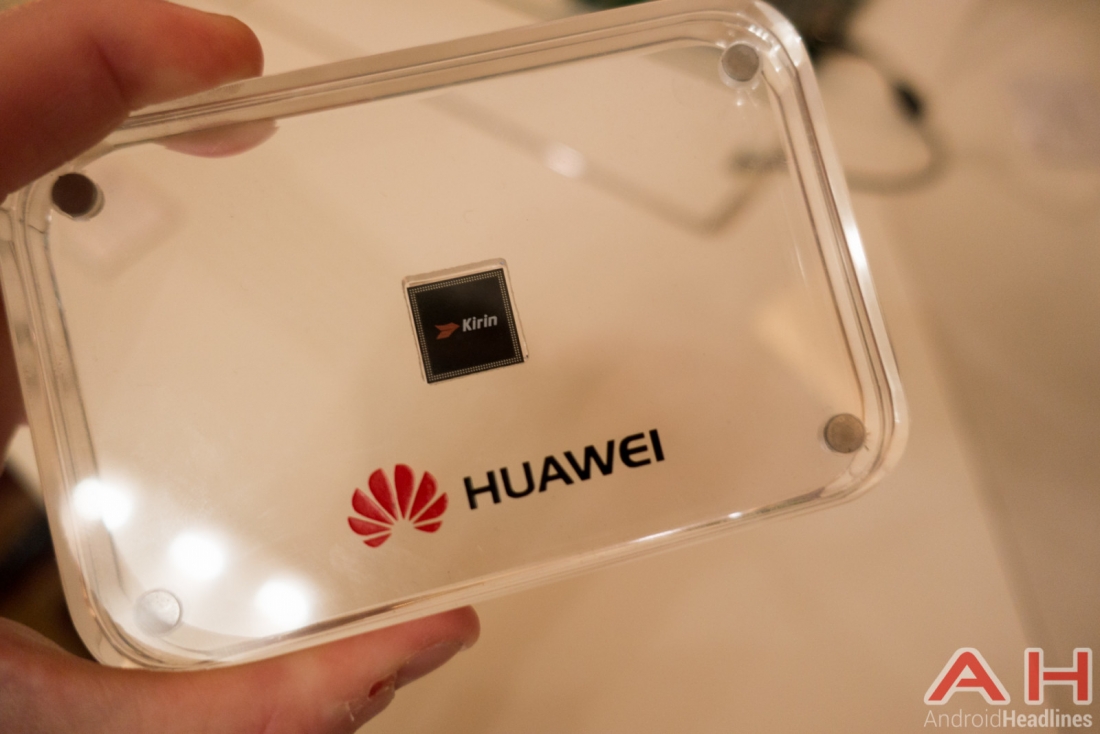
Huawei subsidiary HiSilicon recently unveiled its next generation mobile processor at a media event in Beijing. The Kirin 950 sounds awfully impressive on paper, no doubt leaving rival chipmakers feeling a bit uneasy.
The new octa-core SoC consists of four Cortex A72 chips clocked at 2.3GHz and four 1.8GHz Cortex A53 chips in a big.LITTLE configuration using TSMC’s 16nm FinFET manufacturing process. With it, Huawei becomes only the second vendor to produce a chip based on TSMC’s new manufacturing process (Apple's A9 was the first). ARM’s Mali-T880 GPU ticking along at 900MHz, meanwhile, should result in impressive gaming performance.
Other noteworthy specifications include dual 32-bit hybrid memory controllers that work with either LPDDR3 or LPDDR4 chips, a new i5 co-processor powered by an ARM Cortex M7 core as well as support for Category 6 LTE with speeds of up to 300Mbps.
In related news, GSM Arena came across a “leaked” benchmark showing what is believed to be the Huawei Mate 8 powered by the Kirin 950. It scored 1,710 on the single-core test and 6,245 on the multi-core test. If accurate and representative of final production hardware, it’s quite an impressive score. What we do know for a fact, however, is that the Kirin 950 turned out a score of 82,945 in the AnTuTu benchmark.
All things considered, the chip looks quite good although how well that translates to the real world – inside a small smartphone enclosure with limited cooling – remains to be seen.
The Kirin 950 is expected to show up in Huawei’s upcoming flagship handsets due out before the end of the year.
Image courtesy Android Headlines
https://www.techspot.com/news/62687-huawei-unveils-kirin-950-soc-based-tsmc-16nm.html